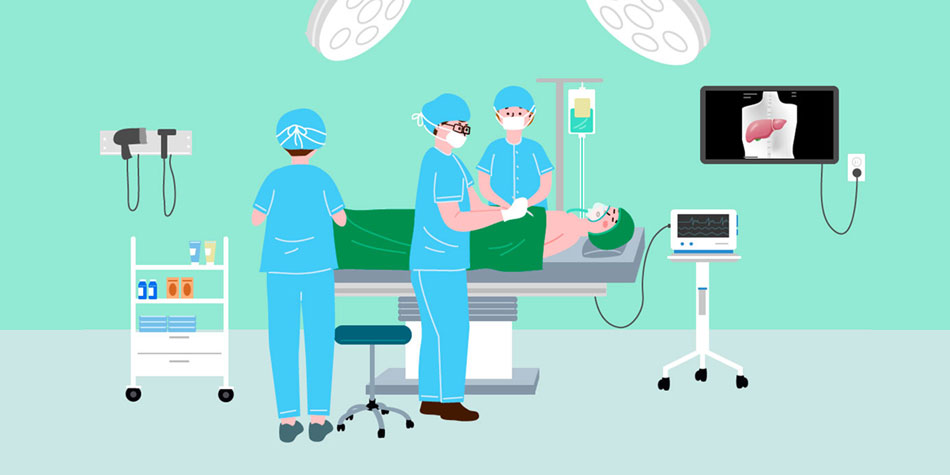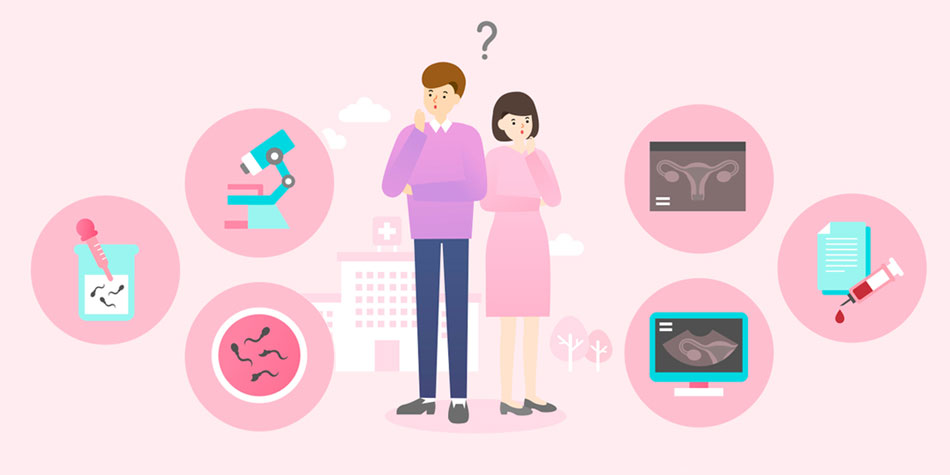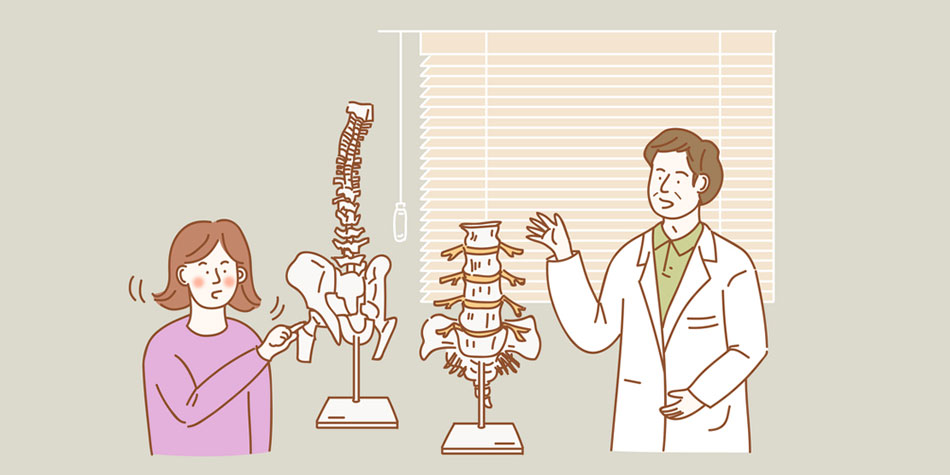- Log in
-
- Sydney Overseas Office
- London Overseas Office
- Toronto Overseas Office
- Los Angeles Overseas Office
- New York Overseas Office
- Ulaanbaatar Overseas Office
- Dubai Overseas Office
- New Delhi Overseas Office
- Manila Overseas Office
- Jakarta Overseas Office
- Hanoi Overseas Office
- Kuala Lumpur Overseas Office
- Singapore Overseas Office
- Bangkok Overseas Office
- Map
- Sydney Overseas Office
- London Overseas Office
- Toronto Overseas Office
- Los Angeles Overseas Office
- New York Overseas Office
- Ulaanbaatar Overseas Office
- Dubai Overseas Office
- New Delhi Overseas Office
- Manila Overseas Office
- Jakarta Overseas Office
- Hanoi Overseas Office
- Kuala Lumpur Overseas Office
- Singapore Overseas Office
- Bangkok Overseas Office
Contents View
-
-
-
The family doctor of a critically ill patient said, “Go to Korea.”
-
11/16/2021
914
-
0
0
-
-
Seoul
Orthopedics
Obstetrics_and_Gynecology
Korea_Medical_Tourism
Critical_Care
Organ_Transplantation
Cancer
Useful_Information
-
-
-
Introduction of cases of foreign patients who underwent a living-donor liver transplantation, suffered from infertility, and suffered from a spinal disease
“I wish Dr. Lee would open a clinic in the United Kingdom. He would have a lot of patients,” said an English patient who received spinal surgery in Korea. Because of Korea’s excellent medical practices, the number of foreign patients with severe diseases visiting Korea gradually increases. The following are actual cases of foreign patients who underwent liver transplantation or received treatments for infertility and spinal disease in Korea.

INTRO. The reasons why foreign patients with severe diseases come to Korea for medical treatments
The type of foreign patients visiting Korea is changing. Away from a strong tendency toward plastic surgery, patients with severe diseases from all around the world would visit Korea to receive high-quality medical treatments and services. According to the Korea Health Industry Development Institute (KHIDI), the most important factor to be considered by foreign patients visiting Korea is “medical practice techniques (37.1%)*.” There are many cases of foreign patients who were unable to receive medical treatments in the United States or Europe and finally recommended to come to Korea. An American patient abandoned by Stanford Health Care underwent liver transplantation in Korea and recovered well enough to enjoy his birthday party. In addition, a Korean company specializing in making robots for surgery succeeded in developing a spinal surgery robot with a precision that far exceeds human ability.
*Source: The foreign patients’ satisfaction survey result report in 2019PART 1. Living donor liver Transplantation

1) From a diseased liver to a healthy one
The liver is called ‘the silent organ,’ as it has no nerve cells, so it does not feel any pain. That is why many patients with liver diseases visit their doctors when the condition has already worsened. The only treatment for end-stage liver disease is liver transplantation. In Korea, living donor liver transplantation from the patients’ living family members is much higher because of the lack of brain-dead donors.
Living donor liver transplantation (LDLT) is a surgery in which 60%–70% of a donor’s liver is resected for transplant into a recipient. It is the ideal form of treatment because it replaces the diseased liver with a healthy one. It is considered when a patient with liver cancer, end-stage cirrhosis, or chronic and acute liver failure* does not improve with existing treatments.
*Liver failure: It occurs when liver cells are damaged greatly and are no longer able to function.Korea leads the world in the field of living donor liver transplantation. In September 2020, the Asan Medical Center accomplished 7,000 liver transplant operations (living donors: 5,800 cases; brain-dead donors: 1,200 cases), which hit the world’s record. The center saved a new life into 7,000 end-stage patients, including 110 foreign patients from the United States, China, Mongolia, and Vietnam. One year after surgery, the patient survival rate is 98%, proving that Korea has one of the most outstanding medical practice techniques globally.
2) Living donor liver transplantation (LDLT)
① Laparoscopic liver resection (LLR) of a donor ┃ LLR is an abdominal operation performed by making five small incisions (around 1 cm each) using a laparoscope to resect and take out a piece of the donor’s liver. It requires high-level medical practice techniques which help the patient’s rapid recovery post-surgery. Compared to laparotomy, LLR leaves fewer scars and pain in the surgery part.
② Robotic hepatectomy ┃ A robot conducts a hepatectomy by operating surgical instruments with an extraordinary degree of precision. The donor’s recovery speed has no difference when in a laparotomy, but robotic hepatectomy has a lower risk of blood loss and leaves fewer scars. According to the research results published by a Korean medical team in the “Annals of Surgery” in 2020, the amount of blood loss from robotic surgery was 109.8 ml, significantly lower than that of laparotomy at 287.1 ml.
③ Dual graft liver transplantation ┃ This advanced type of surgery is conducted by receiving portions of liver from two donors and transplanting them into one recipient. This method was developed in 2000 by a South Korean surgeon to save an end-stage liver disease patient, attracting global attention. Previously, if a donor’s liver was too small compared to the recipient’s or had a big difference in their sizes, there were inevitable restrictions to perform LDLT. Therefore, this method, a dual graft liver transplantation overcomes the limitations of the existing LT method.
3)Foreign patient’s treatment case
Chilean man in his 60s ┃I was addressed to choosing hospice care but I found a new life in Korea.
▶ Patient’s self-introductionI am a man in my 60s living in Chile. I felt hopeless when I heard that it would be difficult to continue with my treatment for liver cancer and end-stage liver cirrhosis in my country or the United States. Then, a local doctor who received liver transplant medical training in Korea recommended me to go to Korea, saying, “Korea has better medical practice techniques compared to the United States in terms of both their experience in conducting liver transplantation and the survival rate.” I was desperately clutching at straws at that time and those straws ultimately gave me a new life.
▶ Main symptomsTreatments for my symptoms were no longer possible in my country and the United States. I was advised to get hospice care in a nursing hospital and prepare for the death.
- I visited a hospital in Chile because I was suffered from extreme fatigue and jaundice with end-stage liver cirrhosis and liver cancer.
- Liver cancer had spread to my biliary tract, and a blood clot occluded my portal vein(channels blood to the liver).
- Because of liver cirrhosis, I had ascites (accumulation of fluid in the abdominal cavity) and a hemostatic disorder
▶ DiagnosticsTypes of Surgeries Results Descriptions One to one living donor liver transplantation X As the patient is well built (height: 182 cm, weight: 92 kg), a single donor’s liver is insufficient. Dual graft liver transplantation O If parts of the liver from two different donors are transplanted, his condition could be improved. Based on the result of the family’s liver donor compatibility test, the patient’s first and last daughters were decided to be the donors.
▶ Treatments① The first daughter’s left lobe of liver for donation: It was performed with a minimal incision. Partial resection of the liver was performed by making a small incision of less than 10 cm in the abdomen.
② The last daughter’s right lobe of liver for donation: It was conducted through laparoscopy. Partial resection of the liver was performed to minimize blood loss and postoperative complication
③ Liver transplantation: The biliary tract affected by cancer, and the obstructed portal vein were removed. Then, the two liver parts donated by each of the two daughters were transplanted into the patient.
※ This story concerns a patient who was treated at the Asan Medical Center (http://eng.amc.seoul.kr/gb/lang/main.do).PART 2. Infertility

1) Baby, Mommy and Daddy are waiting for you!
Infertility is defined as not being able to get pregnant after 12 months or more of regular unprotected sex intercourse. Today, more than 1 out of 10 married couples in Korea are infertile. There are many reasons behind this infertility. Infertility is caused by a combination of complex factors such as the couple’s age, abnormal sperm production, ovulation disorder, uterine problems, etc. If pregnancy is difficult even after one or two years of trying to conceive, the couple should visit a fertility clinic.
2) Fertility treatments for Infertility
① Intrauterine insemination (IUI)┃ It is a fertility treatment where sperm are collected based on the time of ovary releases. Healthy sperm are chosen through semen processing and directly inserted into a woman’s uterus via a catheter. The pregnancy rate after an IUI treatment is about 10%–15%.
② In Vitro Fertilization (In Vitro Fertilization-Embryo Transfer or IVF-ET) ┃ IVF is a process of fertilization where eggs are collected from the woman’s ovaries and fertilized by sperm from the man in a lab. After the fertilized egg undergoes embryo culture for two to five days, it is transferred in the woman’s uterus. This is considered when a woman has an ovulation disorder, uterine disease, or a man with a low sperm count or low sperm motility. This treatment usually takes around two to three weeks.
③ Platelet-Rich Plasma (PRP) treatment ┃ PRP is a treatment to improve embryo implantation rate by thickening the uterine lining (endometrium). A Korean professor’s medical team tried PRP treatment on 20 infertile women with an average uterine lining 5.4 mm or less. As a result, 30% of the women, who had been infertile for an average of 5.7 years, became pregnant.
④ Embryo Cryopreservation ┃ It is the process of freezing and storing cells (eggs, sperms, and embryos) at -196°C to halt their growth temporarily; then, they are thawed and used at a later time. It is used in various cases, such as having the extra embryos after the IVF-ET or when the uterine lining is unsuitable for embryo transfer.
3)Foreign patient’s treatment case
A Mongolian woman in her 30s ┃I was infertile for two years, but I got pregnant after receiving treatment at a Korean hospital in four months.
▶ Patient’s self-introductionI am a 32-year-old woman of Mongolian nationality and currently living in Australia. I had been trying to get pregnant for more than two years but was unsuccessful. Once, I was able to conceive naturally, but it turned out to be an ectopic pregnancy. After examination at an Australian hospital, I decided to visit a fertility clinic in Korea for fertility treatments.
▶ Diagnostics- Blood test (checking for the hormone level, anti-müllerian hormone (AMH) test to check woman’s ovarian reserve, a basic test)
- Ultrasound (checking for ovulation disorder and problems in the uterus)
- Hysterosalpingography
▶ Treatments
√ It is an X-ray examination that is used to view the inside of the uterus and fallopian tubes using a contrast material in the endometrium.After the two unsuccessful attempts at IVF, I got pregnant at the first attempt (three in total) of Frozen Embryo Transfer.
① The first and second attempts at in vitro fertilization (IVF fresh embryo transfer)
√ A process of transferring a fertilized embryo in vitro to a woman’s uterusSTEP 1 An injection was given to induce superovulation, along with an ultrasound to check the ovarian follicles.
STEP 2 IVF was attempted after collecting eggs and sperms with a help of medication to improve embryo implantation.
STEP 3 Two embryos, which were cultured up to 3 days, were transferred (1st attempt). After transferring three embryos that were cultured up to 3 days, the remaining three embryos were frozen (2nd attempt). After about 12 days, a blood test was conducted to check for pregnancy – Failed Pregnancy② The first attempt at frozen embryo transfer
√ Embryos that have been frozen and stored are transferred to a woman’s uterus after thawing and used when needed.STEP 1 Medicine is used to prepare the uterine lining (endometrium), along with an ultrasound to check its condition.
※ This story concerns a patient who was treated at the Seoul Women’s Hospital (http://en.smch.co.kr/eng).
STEP 2 Medication was used to improve embryo implantation.
STEP 3 After thawing the three embryos that were frozen during the 2nd attempt at IVF, they were transferred to the uterus.
STEP 4 Two blood tests were conducted to check for pregnancy – Successful Pregnancy
Ultrasound was used to check a gestational sac, and medical treatments were provided continuously after transferring the patient from the fertility department to Obstetrics.PART 3. Spinal Disease

1) The spinal column, the central axis of our body
The spinal column is composed of 33 vertebrae, such as the neck bone, backbone, hucklebone, and sacrum. The joints in the spinal column (head-neck, neck-back, back-waist, and waist-sacrum) are prone to injury as they move a lot. Common spinal diseases include lumbar and cervical herniated discs, spinal stenosis (abnormal spinal canal narrowing that leads to pressure on the spinal cord), and scoliosis. About 90% of patients expect improvement with nonsurgical treatments such as medications, injections, and kinesitherapy. However, if symptoms persist or there are signs of paralysis, surgery is considered.
2) Spinal diseases' surgeries
① Percutaneous Endoscopic Lumbar Annuloplasty (PELA) ┃ It is an operation to remove lesions that cause chronic pain in herniated discs using a thin endoscope tube (about 2.5 mm in diameter). This operation is conducted while a patient is still conscious with local anesthesia. As the procedure is completed within 30 to 40 min, the patient can leave the hospital without being hospitalized.
② Vertebral Ligament Reconstruction ┃ This treatment is designed to supplement the problems of the existing operation for spinal stenosis. The existing operation is carried out by cutting off the spinal joint to expand the spinal canal; however, this involves removing the damaged ligament, which causes stenosis, through a small incision (around 5 cm) and inserting a string-shaped artificial ligament to recover the spinal joint.
③ Cervical spine Artificial Disc Replacement (ADR) ┃ It is the latest operation method for cervical degenerative disc disease. This operation is conducted by removing the affected disc, which presses on a nerve, by making an incision (5 cm) at the front of the neck and inserting a mobile-type artificial disc. After this operation, the patient can move the disc properly and not wear a neck protector for a long time.
3)Foreign patient’s treatment case
An American man in his 50s ┃I couldn’t even walk because of spinal stenosis, but I returned to work two weeks after the operation.
▶ Patient’s self-introductionI am a man in my late 50s from the United States. I had back pain for a long time, and two weeks before the surgery, I experienced numbness and paralysis in both of my legs. So I decided to go to Korea when my local doctor recommended a spinal hospital in Korea. When I first went to the Korean hospital, I couldn’t walk properly or lift my legs. However, after the operation for spinal stenosis, the pain and symptoms of paralysis completely disappeared. My colleagues were shocked when I returned to work two weeks after the operation. Above all, I am so happy to be able to walk and run properly again.
▶ Diagnostics- Magnetic Resonance Imaging (MRI) and MR myelography were conducted to check the size of the spinal canal and the narrowing of the nerve root canals. It was found out that an operation for spinal stenosis on the second, third, and fourth lumbar vertebrae was needed.
▶ Treatments- Microscopic decompression surgery was conducted on the second, third, and fourth lumbar vertebrae.
- It is an operation to expand the narrowing of the spinal canal. I had the operation, which took about 1 hr and 30 min, under general anesthesia. I left the hospital one week of hospitalization after the operation.
※ This story concerns a patient who was treated at Seoul Cheongdam Wooridul Spine Hospital (http://wooridul.com).





